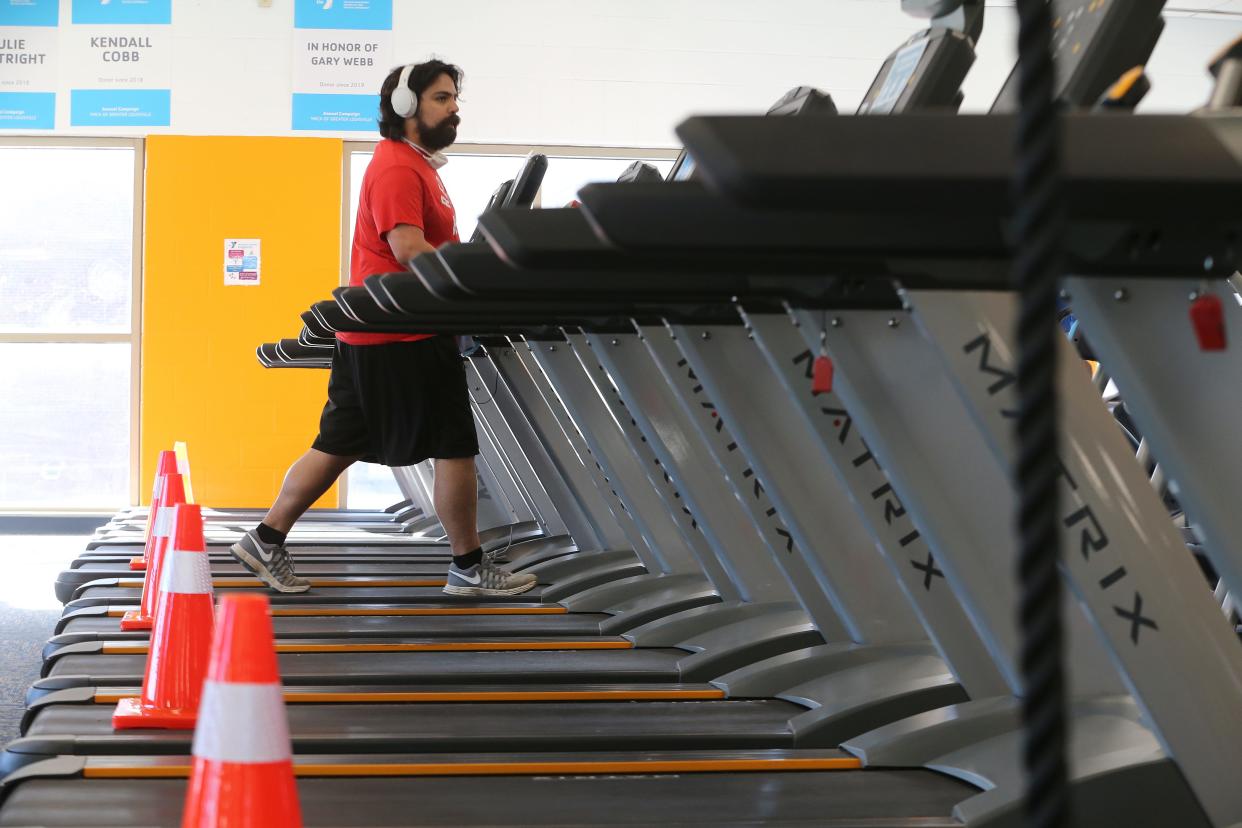What burn more calories, walking or jogging? Here are 4 things to know

I received an interesting question from a reader who intends to get serious about exercise as a New Year’s resolution. She intends to use exercise to lose weight, and she wants her exercise to burn the most calories. Can she accomplish her goal by walking, or does she have to jog?
My first response is that she should choose an exercise routine that she is most likely to stick with in the long run. Common sense dictates that if you don’t want to do something, but you do it because you think you should, the odds of continuing for long are quite low.
With that said, let’s examine the caloric cost of walking versus jogging.
How many calories can I burn walking?

According to the laws of physics, work is defined as force times distance, and the amount of work you perform determines the energy expenditure (number of calories burned). Seems simple, but it can get complicated, especially when you consider additional factors like the efficiency of work.
Here is an example. If I weighed 180 pounds and slowly walked one mile, I would have performed an amount of work equal to transporting 180 pounds (the force required) x 5,280 feet. Similarly, it seems reasonable that if I walk fast and weigh the same 180 pounds, I would perform the same amount of work. Why? Because work equals force times distance, and in both cases, the weight and distance are exactly the same.
However, walking the same distance may cost differing amounts of energy. There are several reasons for this, including the efficiency of movement. Walking fast is less efficient and will cost more energy. It’s similar to your automobile. Driving at 40 mph will give you much better gas mileage than driving at 70 mph.
Another example is swimming 100 yards, comparing two swimmers identical in height and weight. A good swimmer will easily and “efficiently” cover that distance and burn relatively few calories. A poor swimmer will struggle from a lack of efficiency and will burn considerably more calories covering the same distance.
If you fast walk one mile at a rate of 3.5 mph or faster, an average-sized adult male will burn approximately 100 calories. A slower walk will burn about 80 calories. For smaller females, the cost is about 80 calories for the fast walk versus 60 for the slow walk.
Will I burn more calories walking or jogging?

The difference in caloric cost is even greater when comparing walking versus jogging. Jogging requires approximately 20-30% more calories, depending upon the speed of jogging. Efficiency is a factor, plus movement of the center of gravity.
The center of gravity (C.G.) represents the midpoint of weight of the body (the same amount of weight above it and below it) and lies just below the umbilicus (belly button). When you walk or jog, you transport the C.G. over a distance, but you do it differently. When walking, the C.G. does not move up and down very much. In other words, when walking, picture the center of gravity gliding along pretty much parallel to the ground. This means that over one mile, the center of gravity would have covered approximately one mile.
When jogging, on the other hand, the center of gravity moves up and down quite a bit with each stride. This means although the body travels one mile, the C.G. covers more distance. Raising and lowering the C.G. not only adds to the distance covered, it increases the energy cost due to the additional cost of the airborne phase.
What is the 'airborne phase' in jogging?

The C.G. moves up and down because jogging requires an airborne phase in which you push off one foot, thrust both feet momentarily off the ground, and then land on the opposite foot. This requires considerably more energy when compared with walking because during walking, one foot is always in contact with the ground, and the weight is moved over that foot like a pendulum, alternating from one foot to the other.
The airborne phase of jogging not only adds to the caloric cost, it also increases the risk of injury. The impact force on the “landing foot” associated with the airborne phase of jogging is quite high and depends on how fast you are jogging, ranging from about 2.5 times the body weight with each foot strike for a slow jog to 4 times body weight when jogging faster. Such impact forces over time take a toll on the feet and legs. In contrast, the pendulum movement of walking reduces the impact force on the feet and legs to a minimum.
So, let me summarize. Fast walking costs more energy than slow walking, and jogging costs more energy than fast walking. This can help when deciding on an exercise routine, but, again, the deciding factor should be which option you are likely to adhere to in the long run.
Will I burn more calories on a treadmill or outside?

Now, I’ll turn my attention to another note I received from a reader about the caloric cost of exercising on a treadmill.
Let’s assume that outside on the street the surface is flat and there is no wind resistance to contend with. In other words, both treadmill and street exercise are conducted under the same circumstances. If so, treadmill exercise will require slightly less energy. This is because the motion of the treadmill belt does some work for you, and so does the cushioned surface.
On the treadmill, when you move your foot forward and contact the surface, the treadmill pulls the foot backward, helping to create some degree of propulsion. In addition, the cushioned treadmill surface allows the muscles to spring back, or rebound easier after each foot strike, meaning they don’t have to work as hard.
It costs less energy to exercise on a treadmill, but the difference is modest. To equate the two modes of exercise, simply raise the elevation on the treadmill by one or two percentage points.
Reach Bryant Stamford, a professor of kinesiology and integrative physiology at Hanover College, at stamford@hanover.edu.
This article originally appeared on Louisville Courier Journal: What burn more calories, walking or jogging?
